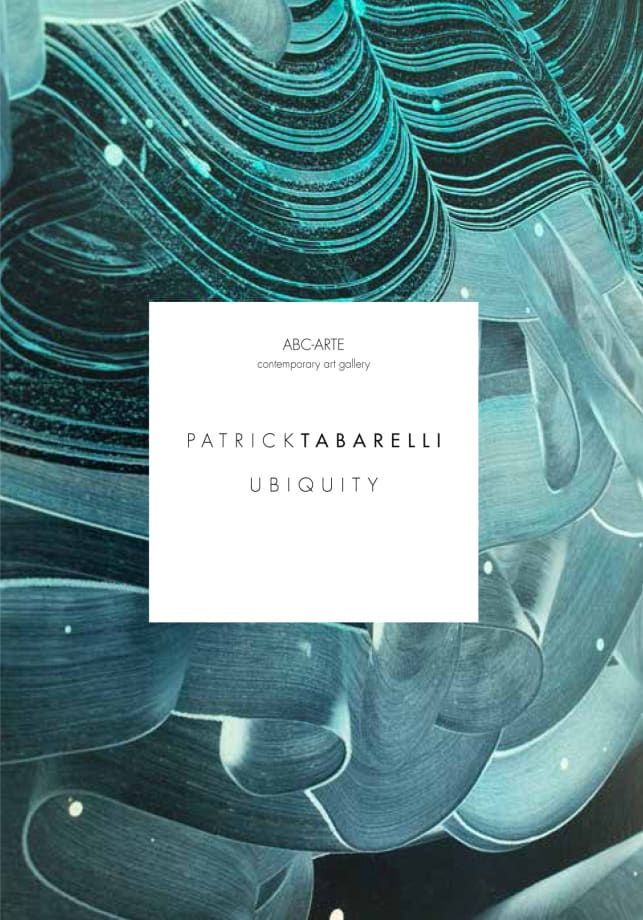ABC-ARTE, in partnership with MARYLING, continues the series of exhibitions by young and emerging contemporary artists in the multi-purpose space, Piazza Gae Aulenti 1 inaugurated in July.
The second planned exhibition, proposed by ABC-ARTE and organised by Ivan Quaroni, will open on Tuesday September 8th: Ubiquity by the artist Patrick Tabarelli will be open until October 10th 2015.
The artist and the exhibition's catalogue will be introduced at the vernissage on September 17th.
In the digital era, the studies of the link between image and awareness must be revised or, at least, extended to the new perceptive standards. Patrick Tabarelli's work is connected to this way of re-consideration the mechanisms of representation and the reading process of the image. He deeply investigates the hidden division between creative techniques and final result. The image, or the aesthetic work, communicates formal meanings in contrast with the emotional (and romantic) tradition of the artistic practice.
Tabarelli paints flat, anti-substance surfaces, emptied of any psychological or emotional content. In his oils and alkyds on canvas (2012 - 2013), shapes have often bio-morphic origins and do spread all over the illusory space through rotational, waving and swinging motions. The use of complementary colours and chiaroscuro emphasizes the artificial effects and adds to the images an almost photographic quality. They look like digital images, but they are made in a manual way. Tabarelli knows the image is by definition and essentially an illusion.
So he highlights its misleading tendencies with an intentional, ambiguous and undefined way of painting. He works especially on dichotomy concepts, such as the conflict between the actual dimension of the image and the realisation process.
Another division lies in distributing the pictorial space. The place of the action, the field of representation, is always delimited. It is sliced by diagonal lines which interfere with a possible proper fruition. The space of the canvas is fragmented into static and dynamic areas. In the latter ones, where the bio-morphisms give the impression of a costant and fluent movement, lies a static condition. The first and apparent mobility of the shapes is blocked as in a freeze-frame. Motion stops a few instants after the first visual approach. This does not happen in the most recent series of pictures Zero-Om. The textured lines on the surfaces, coming from brushing the soft paste on the canvas, lead to chromatic aberration effects.
The most recent results of Patrick Tabarelli's research challenge, through a different process, the dichotomy of his previous works. The only difference is that the artist explores now a digital territory.
His project is named NORAA (NOn Representational Art Automata), it is basically a drawbot, or paintbot, a device able to convert its software commands into painting. NORAA has been conceived as something more than a simple tool. It may become an open and shared platform, through which an entire community may work all together to realise an artistic project, from the initial idea to the final hardware. Anyway, this regards the next phase of the project. By now, NORAA allowed Tabarelli to create essentially bidimensional paintings on paper, using watercolour or acryliic markers. Differently from the paintings, these works look like hand painted. They present the innacuracy and unpredictability of human contribution. NORAA, indeed, does not produce pre-conceived pictures, but it translates attitudes. Its software controls the way of operating, but not the exact quality or disposition of the painted images. So the structure of the paintings is surprising every time you use the machine.
By a philosophical point of view, Tabarelli is faithful to the aim of his studies: his fundamental ambiguity of perception. He switched the dichotomy elements between process and final result.

